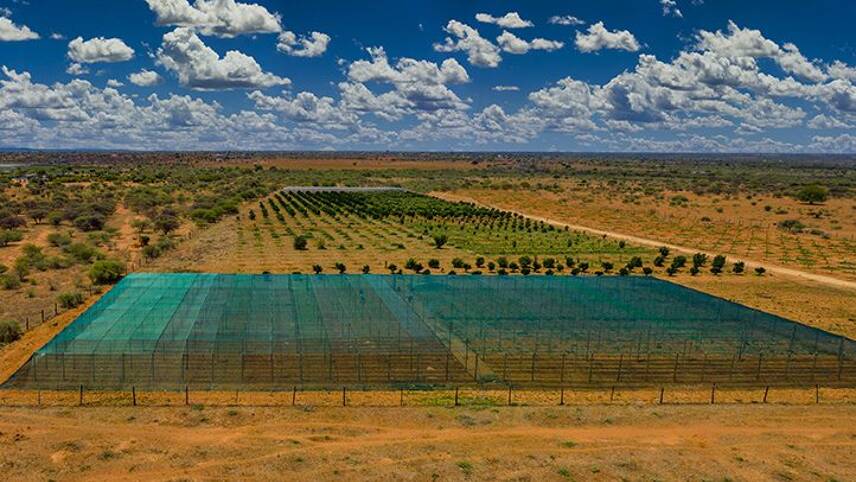Register for free and continue reading
Join our growing army of changemakers and get unlimited access to our premium content

The costs of adaptation look set to reach the higher end of $140-$300bn each year by 2030
The report, published by the Boston Consulting Group (BCG) and Global Resilience Partnership (GRP) and unveiled by the United States Special Presidential Envoy for Climate, John Kerry explores the benefits that early movers who invest in adaptation and resiliency can unlock.
The research found that for every $1 invested in those measures, between $2 to $15 can be yielded in financial benefits. Looking ahead, companies that focus on this could be worth nine times their current revenues in the future.
Currently, companies focusing on resilience-building mechanisms and investing in adaptation – such as solutions like water systems and storage – are seeing benefit-to-cost ratios ranging from 2:1 to 15:1 and sometimes as high as 53:1. The report states that some companies can generate 77:1 ratios across aspects like food, health, water and energy.
“The business case for adaptation and resilience has been elusive and entry points have been unclear,” BCG’s chair Rich Lesser said.
“This report demystifies the imperatives and opportunities. It shows how companies and financiers can invest in ways that benefit their bottom line and contribute to the wellbeing of people and the planet. Unless private enterprises take these actions, they will face significant disruptions, impacting continuity, productivity, and growth. Resilient businesses contribute to a resilient world.”
The study is believed to be the first to detail the opportunities and financial benefits for companies that fund and build capacity for resiliency and adaptation in emerging markets and developing economies (EMDEs) and advanced economies.
Investor gap
One of the main drivers behind the financial returns is the increased focus on opportunities from investors, who view resiliency and adaptation as crucial parts of portfolios aligned with a net-zero future.
Annual spending on climate resiliency is just a fraction of what it needs to be, with reports warning that between $160bn to $340bn may be required each year to drive long-lasting climate action.
The REF 2023 Synthesis Report, for example, warns that private sector contributions to this inadequate funding pool are just 2%. The report warns that failing to raise more finance would make a just global transition to net-zero emissions more susceptible to major economic setbacks like the ones that occurred due to the war in Ukraine and the Covid-19 pandemic.
While discussions are largely focused on improving financing and resiliency for developing countries, wealthier nations have also been tasked with improving their own approaches to climate resiliency.
The UK Government, for example, has been constantly warned that it is not accounting for climate in its infrastructure planning.


Please login or Register to leave a comment.